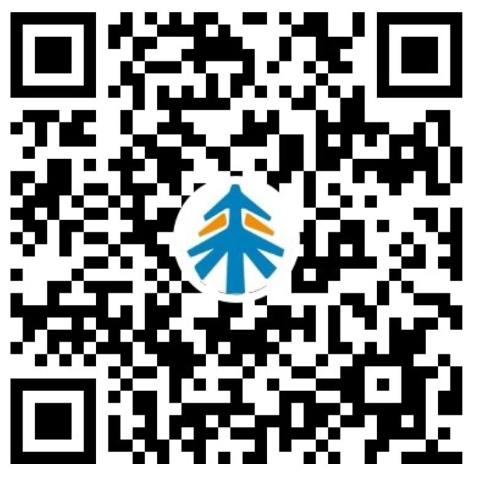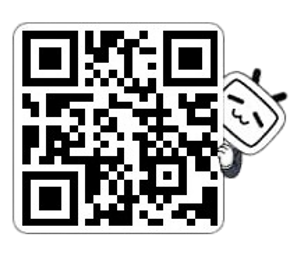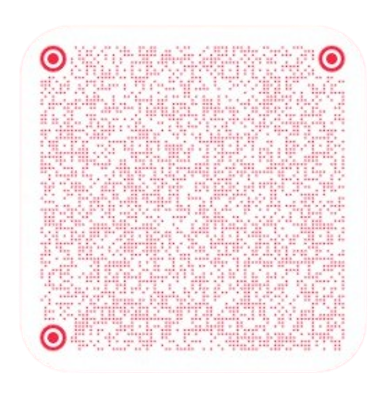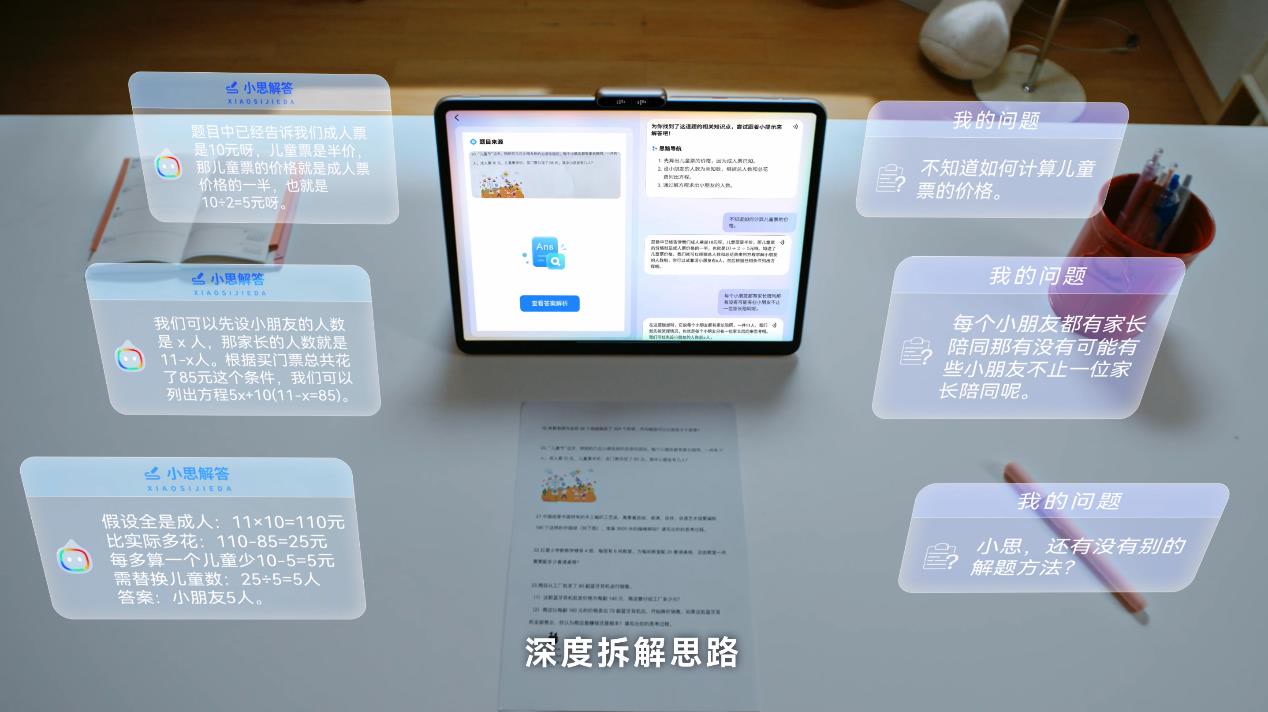




This year’s "Double Eleven" shopping festival saw a notable change in e-commerce trend lists. Amid the rising popularity of AI-driven consumer products, educational intelligent hardware has emerged as a key segment within AI consumption. No longer just a traditional education product, it has now become an essential part of the AI trend landscape. On JD.com, AI Learning Tablets have been moved to the "Digital" category, topping the "Super Trends" list, alongside AI smartphones and AI glasses.
This shift is not merely about expanding product categories for the shopping event—it signals a significant market trend: AI-powered educational products are evolving from "nice-to-have" options to "must-have" tools. Leading brands such as Xueersi Smart Learning Devices Tablet have shown impressive performance in this technology-driven educational consumption upgrade. The driving force behind this change is the industry’s transition from focusing on "content competition" to "AI competition." While access to high-quality educational content becomes increasingly convenient, the challenge lies in enabling children to efficiently and personally absorb this content. Serving as interactive, precise guides, AI-powered "teachers" are now stepping in to provide solutions.

Data from JD's "11.11 Surprise Open Day" event highlighted that as of noon on October 14, the order volume for electronic product categories such as home appliances, smartphones, digital devices, and computers increased by more than 70% year-over-year. Specifically, trend categories represented by AI hardware, intelligent robots, and 3D printers showed noticeable growth, with AI tablets increasing by 200%, and AI smartphones and AI learning tablets increasing by 100%.
Industry insiders attribute this growth to the AI-driven educational revolution, which is redefining the concept of "learning" and shifting educational products from "selling functionality" to "selling effectiveness." As a result, parents’ preferences have also changed—they are moving from paying for exclusive and high-quality course content to investing in measurable learning outcomes. The focus has shifted from how many exclusive courses a learning tablet offers to how effectively AI can help their children learn.
"The development of learning tablets has gone through two phases. In the first phase, parents preferred 'quality content + quality screens.' Now, however, the core competition has shifted to AI," said Li Tongdao, Head of the Xueersi Smart Learning Devices Tablet’s learning system. Besides content, the critical issue is how to enable children to effectively absorb this content. The "AI teacher" aims to address this by solving the learning "path planning" problem—what to learn, how to learn it, and handling difficulties encountered during learning. Parents are willing to pay for the personalized guidance and problem-solving capabilities, which replace some tutoring functions.
This shift stems from genuine demands for effective learning outcomes. According to fiscal reports for Q2 FY2026 from TAL (June-August 2025), the average weekly active rate for all learning device users reached approximately 80%, and the average daily usage per active device exceeded one hour. "AI learning tablets are becoming highly sticky and highly retentive daily study tools for children," said Li.
This change is largely credited to the differentiated advantages built by Xueersi. In May 2025, Xueersi launched three major series of learning tablets - P, S, and T. Leveraging self-developed MathGPT AI Learning and DeepSeek dual-core AI models, Xueersi has upgraded its intelligent learning systems on the “Good AI” front. Meanwhile, the "Good Content" segment of these tablets now offers over 400 million minutes of premium courses and 850,000 sets of authentic exam papers. Furthermore, Xueersi innovatively introduced the "AI Thinkie 1-on-1 Super Intelligent Educational Entity V3.0," which enables multimodal data interaction, AI assignments grading, personalized planning based on learning behavior models, and adaptive responses to students' emotional states.
“‘AI Thinkie 1-on-1’ is an industry-leading soft-and-hard integrated AI-powered tutor. It's the first learning tablet capable of step-by-step corrections and explanations through paper-screen interaction," commented Iris Jun, Head of Xueersi Smart Learning Devices Tablet’s product division.
Given the multi-module interactions of learning tablets, how far can AI simulate and assume the teaching roles of real teachers? Li Tong believes, ideally, the "AI teacher" could evolve into a tutorial coach beside a child’s desk. "We hope to eventually allow parents to entrust their children to interact with 'AI teachers' in a 'mentorship' mode, creating a trusted interactive period,” he added.
This goal necessitates AI to progressively break down and inherit the logic of human teachers’ workflows. TAL CTO (Chief Technology Officer) Tom Mi compared this evolution to the advancement of autonomous driving technology.
“The L1 to L5 stages in autonomous driving represent a mature progression, advancing from driver assistance to partial automation, conditional automation, high automation, and finally full autonomy,” said Mi. He remarked, “AI teachers could similarly progress: L1 focuses on assisting teachers with simple tasks; L2 becomes a teacher’s assistant, handling grading, explanations, and recommendations; L3 emphasizes combining multiple capabilities into a comprehensive teaching loop in new scenarios; L4 achieves high-level autonomy across various scenarios, and L5 ultimately becomes a fully standalone ‘AI teacher.’"
According to Mi, Xueersi’s “AI teacher” has already stepped foot into the L3 stage, achieving multi-modal interaction and personalized guidance within problem-solving contexts, connecting tips, corrections, and adaptive explanations into a seamless loop.

This leap is built upon the technological barriers of "soft-and-hard integration." Iris Jun emphasized that standalone software applications struggle to accurately capture children’s natural handwriting and study trajectories on physical paper. In contrast, Xueersi learning tablets rely on high-performance cameras to enable paper-screen interaction. The AI identifies handwriting and solution logic during paper-based answers, performing step-by-step corrections and real-time guidance while creating academic profiles for personalized topic recommendations.
During this process, should the child repeatedly make mistakes, the AI initially alters its questioning methods to guide the student adequately. Continued errors prompt further adjusted strategies to ensure the teaching process flows smoothly. "Students’ 'mistakes' are not negative; they are valuable learning evidence,” noted Iris Jun. These data signals provide dynamic feedback for the AI, driving real-time strategy adjustments. The data also lays the groundwork for cognitive diagnosis and precise intervention, Iris Jun clarified.
Beyond this, Xueersi’s “AI teacher” integrates vision, speech, natural language processing, and entry-level emotional computing, aiming to become perceptive and articulate. Children can point to screen content to pose queries, experience emotional awareness during problem-solving, and receive encouragement. This personalized interaction model seeks to transform machines into “study companions,” gradually enabling a form of “mentorship delegation.”
While the evolution path is clear, the road to deep integration of AI and education remains long. Li Tong acknowledged that the journey to L4 and L5 faces three major challenges: the continuous expansion of service capabilities, precise refinement of personalization, and immersive realism in human-machine interactions. AI needs the capacity to diagnose students’ cognitive patterns, design intricate learning paths, and foster emotional connections.
Looking ahead, with maturity in the “visual-language-movement” model, Xueersi aims to address the fragmentation of learning across home, school, and institutions. The objective is to create complete individual academic graphs, transforming AI teachers from desk-side tutors into bridges connecting families with classrooms and extracurricular learning.
From TAL’s perspective, AI may approach the dynamics of human teachers in learning models, educational content, and teacher-student interactions but will not replace real teachers. Education at its essence involves emotional bonds and guiding life values beyond mere knowledge dissemination.
In the wider industry view, AI-powered educational transformation transcends temporary consumer trends. Whether as tools or tutors, AI’s ultimate role lies in amplifying the capabilities of educators, advancing personalized learning idealism on a broad scale. This is perhaps the warmer future vision achievable through AI-powered education.
source:Beijing Daily https://xinwen.bjd.com.cn/content/s69119330e4b02424b0c2c985.html